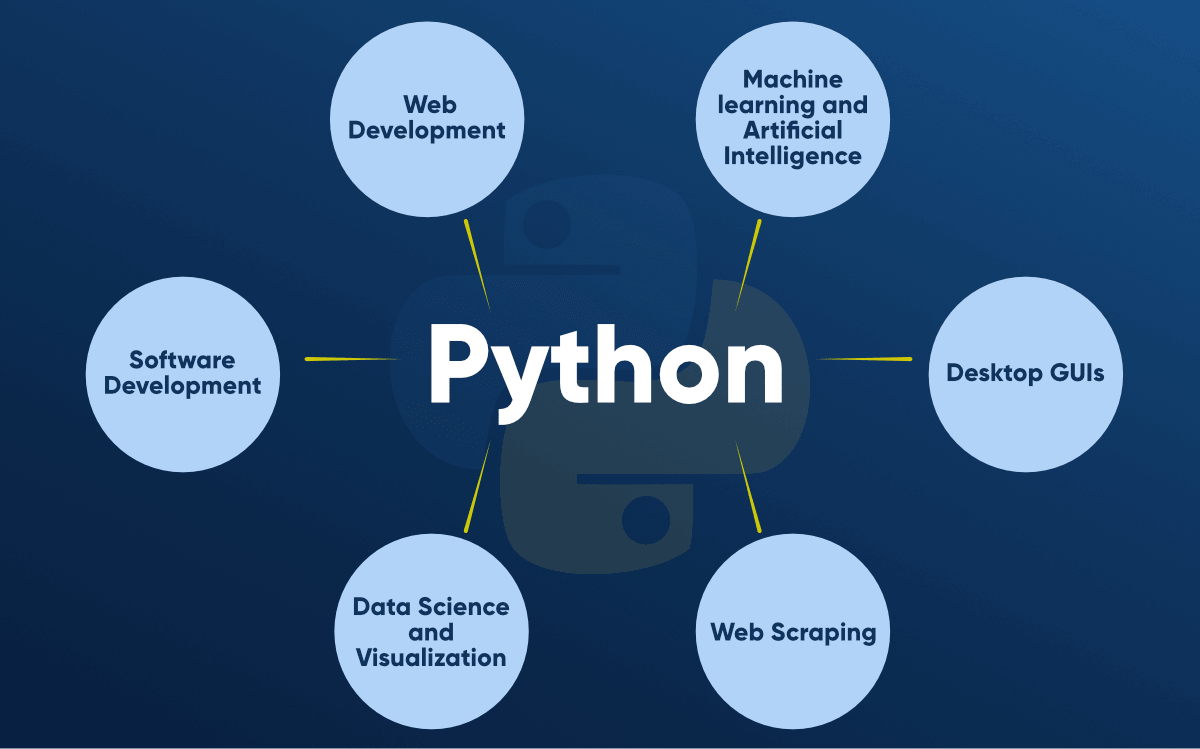Articles and Trivia
Write an articlePython: The Ideal Programming Language for Diverse Applications

Python is a versatile and widely-used programming language known for its readability and simplicity. It supports multiple programming paradigms, including procedural, object-oriented, and functional programming. Python is often used for web development, data analysis, artificial intelligence, and scientific computing.
In Python, variables do not need to be declared with their data types, making it more straightforward to write and read code. A key feature of Python is its indentation-based syntax, which enforces code readability and reduces the need for brackets or semicolons.
Python provides a rich set of data types, including lists, tuples, dictionaries, and sets. It also offers comprehensive standard libraries and third-party packages to support various tasks, such as NumPy and Pandas for data manipulation, Flask and Django for web development, and TensorFlow for machine learning.
Functions are crucial in Python, allowing developers to encapsulate reusable pieces of code. Python supports both built-in functions and the creation of user-defined functions.
Control structures like loops and conditional statements enable the execution of specific blocks of code based on conditions or iterations. Additionally, Python supports exception handling to manage errors and unexpected situations.
Python's interactive shell and scripting capabilities make it quick to prototype and test code. Furthermore, its cross-platform compatibility ensures that Python code can run on various operating systems without modification. With its extensive community support and resources, Python is an excellent choice for both beginner and experienced programmers.


